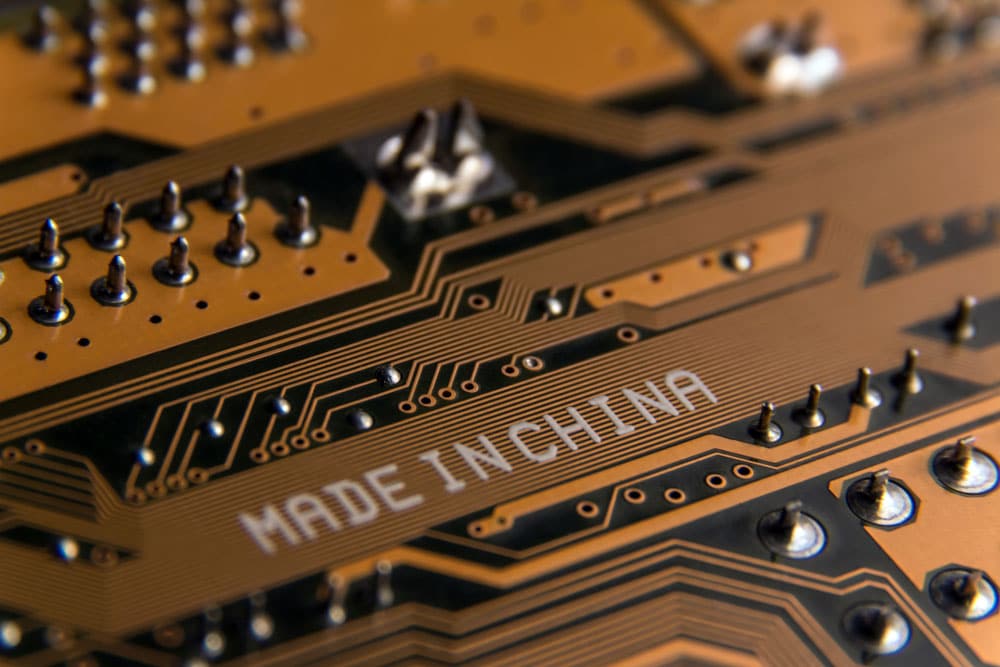China’s Days as the World’s Manufacturing Hub Are Slowly Coming to an End

Here’s Why and How to Prepare: For decades, China has been synonymous with manufacturing for companies worldwide. China’s emergence as the world’s second-largest economy has been underpinned by its manufacturing base albeit studies correlating night time light emission data captured by satellites with a country’s GDP suggests that the official GDP figures may be somewhat overstated.
Whether or not this is true, it is clear that U.S.-based companies are continuing to seek new ways to achieve greater redundancy and drive down the costs of production while maintaining quality. Against this backdrop, other countries are emerging as worthy competitors on the global production stage.
Let us explore how companies can adapt to this changing landscape.
Rising Costs and Changing Market Conditions
China has been experiencing significant economic growth in recent years, and blue-collar worker wages and living standards have risen as a result. At the same time, labor costs have increased substantially and the low-cost advantages that once drew companies all over the world to the country’s production resources have declined.
Additionally, as China’s economy has transitioned to a market with a growing middle class, local consumers are now demanding higher-quality products, innovative designs, and better customer experiences than was previously available. This shift in consumer preferences is posing unique challenges for companies relying solely on low-cost manufacturing in China, as many are now struggling to meet these evolving market demands.
Trade War and Geopolitical Disruptions
The trade war between the United States and China has had a profound impact on global supply chains and manufacturing strategies since it began in 2018. The imposition of 7.5-25 percent tariffs on billions of dollars of goods flowing from China to the United States significantly disrupted trade flows and increased costs for companies choosing to outsource their production to China. As a result – and understandably so – many organizations have begun reevaluating their reliance on China and seeking alternative manufacturing locations to mitigate risks associated with trade tensions and geopolitical uncertainties.
This is a wise call to make; adapting to these changing global dynamics means that companies must prioritize diversifying their manufacturing and supply chain strategies. Relying solely on China – or any one country or manufacturer – exposes businesses to significant risks, including rising costs, trade disputes, and disruptions arising from unforeseen events. By diversifying their manufacturing footprint, companies can reduce their dependence on any single market and build resilience into their supply chains.
New Production Competitors
As a result of these changes, Southeast Asia, Latin America, and India are emerging as attractive manufacturing alternatives. Countries such as Vietnam, Thailand, and Indonesia have shown tremendous growth in manufacturing capabilities and have attracted significant foreign investments. Similarly, India, with its vast domestic market and skilled labor force, presents opportunities for companies seeking to diversify their manufacturing base as well as to sell domestically.
However, expanding into new markets requires careful planning and understanding of the local business environment. Companies must conduct thorough market research, establish strong partnerships with local stakeholders, establish a realistic cost structure in their business plans and successfully navigate an often-complex regulatory landscape to ensure a successful transition.
Below is a brief discussion of other actions organizations looking to expand their manufacturing base should consider taking.
Leverage Technology and Automation
Robotics, artificial intelligence, and advanced analytics can improve operational efficiency and reduce costs while also increasing productivity. By adopting these technologies, companies can offset the impact of rising labor and raw material transport costs and yet achieve higher levels of quality and precision in their manufacturing processes at a lower cost per unit.
By focusing on innovation and product development and thinking outside the box to develop their international business plans, companies can differentiate themselves from competitors and steal an edge in their market.
The Advantages of Local Collaboration
US-based companies interested in expanding internationally require a detailed understanding of local markets, cultures, and regulations – and while the internet has brought us closer together than ever before, finding ways to collaborate with local partners can provide invaluable on-the-ground insights. Local partners can also provide market intelligence, access to networks, and support in areas such as distribution, marketing, and logistics.
While China has been at the epicenter of the global manufacturing landscape for decades, its days as the world’s manufacturing hub may be numbered. Rising labor and transport costs, protectionism policies in certain countries, geopolitical uncertainties, changing consumer preferences and the development of AI driven robotic technology all present a challenge to international business in a way that has never been the case previously.
Written by Dr. Shan Nair.
Have you read?
The World’s Top 10 Highest-Paid Wealth Management Executives.
CEO compensation: Highest paid chief executive officers in the United States.
Highly-Paid Entertainment Chief Executives (Averaged $31.66 Million).
Highest-paid health insurance CEOs.
Most Powerful Companies in Australia, 2023.
Bring the best of the CEOWORLD magazine's global journalism to audiences in the United States and around the world. - Add CEOWORLD magazine to your Google News feed.
Follow CEOWORLD magazine headlines on: Google News, LinkedIn, Twitter, and Facebook.
Copyright 2025 The CEOWORLD magazine. All rights reserved. This material (and any extract from it) must not be copied, redistributed or placed on any website, without CEOWORLD magazine' prior written consent. For media queries, please contact: info@ceoworld.biz








